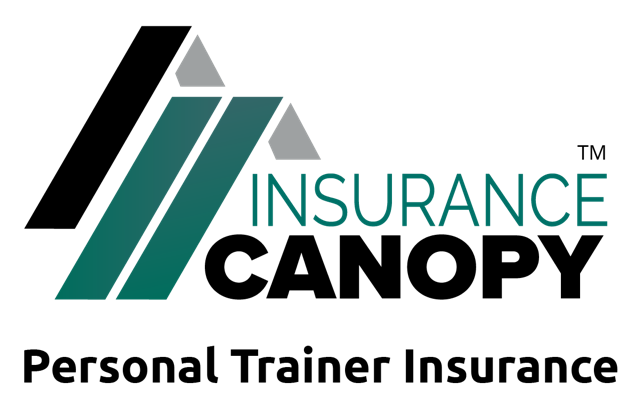When it comes to getting the most out of your workouts, and reaching the fitness goals that you have set for yourself, knowing the best way to approach each work out session is extremely important. Many fitness professionals who have achieved their certification through personal training programs, are approached with the question, which comes first: cardio or strength training? 
To be perfectly honest, there can be a case made for both sides when arguing whether cardio or strength training should be done first during a workout. To get to the bottom of the best method for your own body, first think about your fitness goals.
Are you training for an event, and what type of challenge is it? A marathon? Triathlon?
- Do you want to lose weight?
- Do you want to build strength or endurance?
- Are you seeking an overall conditioning program to fight boredom in the gym?
All of these factors come into play when figuring out the order of your workout.
Some people get worried that if they do cardio before they lift weights, they won’t have the energy needed to complete a solid strength training session. Others worry that if they do cardio after strength training, they will be too shaky or injury-prone for a good cardio workout.
The Answer
The best approach is a multi-faceted program that mixes up your activities. Trying doing a cardio workout followed by strength training every other day and vice versa. Another option is High Intensity Interval Training (HIIT), a results-oriented workout program that combines strength training with short, intense bursts of various cardio exercises to increase your heart rate and confuse muscles. When you are deciding which types of cardio you are going to do on a given day, make sure you have a total understanding of what you want to achieve and which energy systems you are going to be using. Are you going to do high-intensity intervals or low-level aerobic base building?
Of course you also need to fit in some active recovery days that are going to include low level cardio stretching, and also muscle release. A few yoga poses or long, relaxing walk are great ways to aid muscle recovery on your off days.


